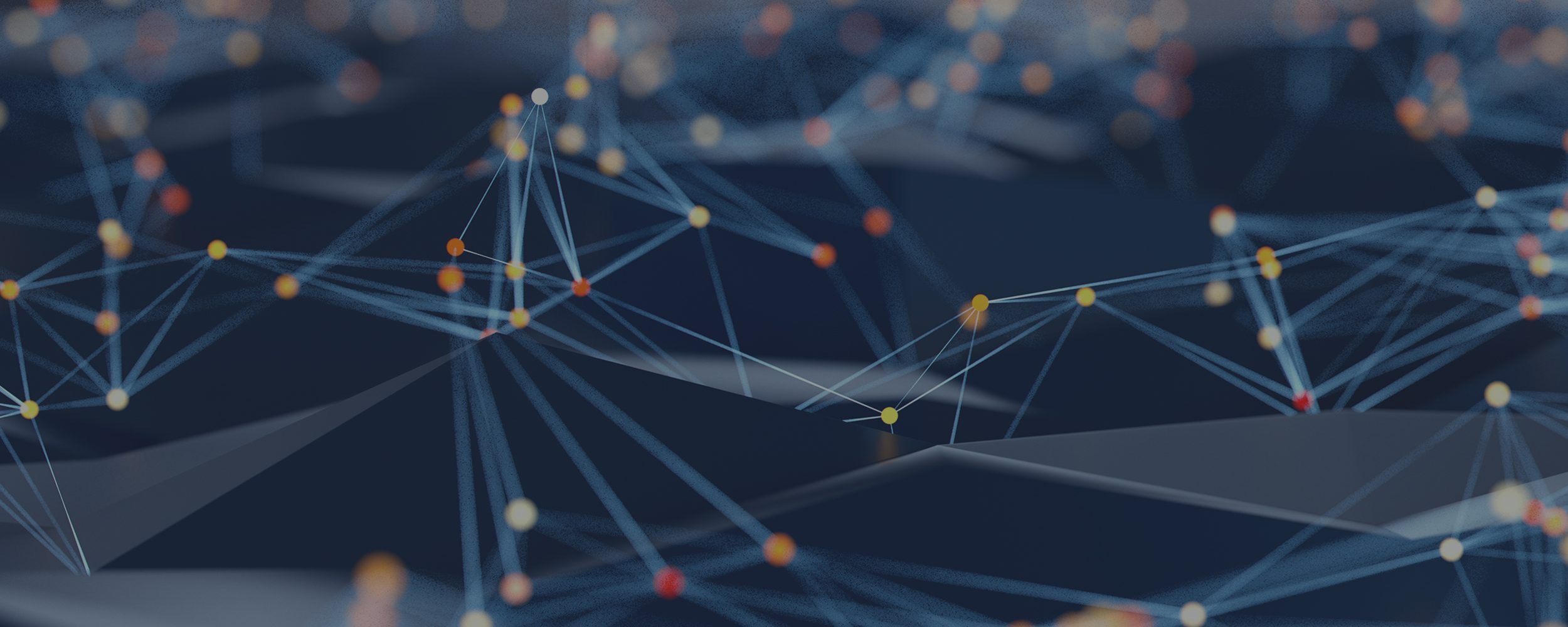New Cornell certificate centers individual perspective on metabolic health

Nutrition tips frequently trend online, but some recommendations from social media nutritionists can do more harm than good. Understanding health through research-based approaches helps consumers fight the influence of fads.
Sander Kersten, director of the Division of Nutritional Sciences and the Schleifer Family Professor in Cornell Human Ecology’s Division of Nutritional Sciences, collaborated with eCornell to design the Nutrition for Metabolic Health certificate program, which guides dietitians, health educators and individuals interested in personal wellness toward lifestyle changes that will outlast today’s trends.
“This online nutrition certificate program was designed to provide level, researched information about metabolic health,” Kersten said. “Of course, this could be directly applicable to dietitians and other professionals, but the courses are accessible and informative to everyone.”
The certificate includes three courses: Foundations of Metabolic Health, Assessing the Effects of Obesity and Optimizing Metabolic Health Through Nutrition. Kersten guides participants through an exploration of what defines metabolic health and elaborates on how diet can be leveraged to improve metabolic health. Learners will assess genetic and environmental effects on obesity and identify how diet can improve overall health, even when weight loss is not the main goal.
“Understanding metabolism is essential, but it is important to keep in mind that there are other factors that can make weight management more difficult. People should be aware of the numerous environmental factors that make it more challenging to implement the necessary changes in diet and lifestyle,” Kersten said.
The program offers a research-based examination of the relationship between diet choices, exercise and sustainable health management strategies. Participants learn to evaluate scientific evidence about metabolic processes while developing practical approaches to lifestyle modification.
“Each course emphasizes nutrition principles that can be applied to personal wellness goals or used to support others in their health journeys,” Kersten said. “The program delivers a science-based approach that creates a foundation for lasting metabolic health beyond quick fixes.”
Navigate the nature-nurture balance in metabolic health — learn more in the Nutrition for Metabolic Health certificate program.








